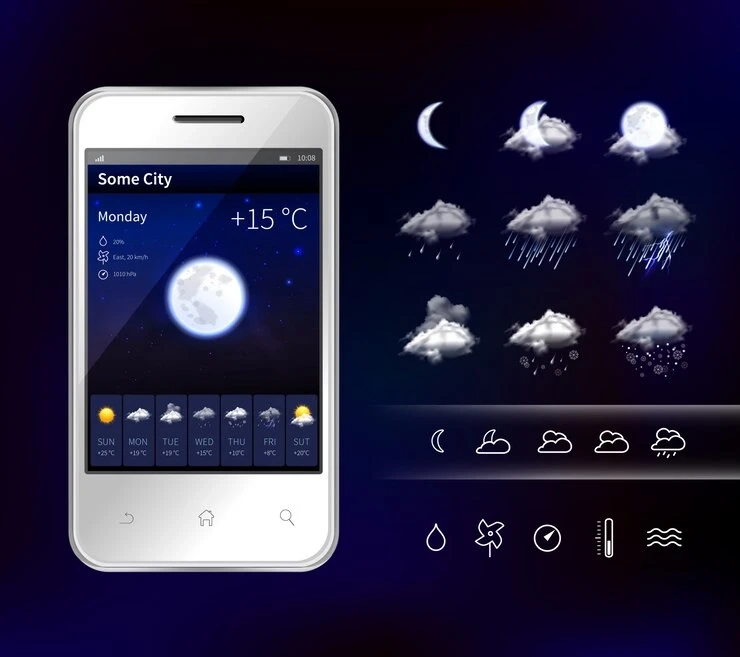Integrating a Weather REST API into your application can significantly enhance its functionality by providing users with real-time weather data. Whether you're developing a JavaScript weather app or any other application, incorporating weather data can offer valuable insights to your users. In this blog, we will guide you through the process of integrating a Weather REST API into your application, covering everything from selecting the right API to handling weather information API responses.
Choosing the Right Weather API
Before diving into the integration process, it's crucial to select the appropriate Weather REST API for your needs. There are numerous options available, including public weather APIs and free weather APIs. When choosing an API, consider factors such as the range of data provided, weather com API pricing, and ease of use. Some popular options include the weatherstack API, which is known for its extensive coverage and accuracy, and other best free weather APIs that provide free weather API JSON.
Setting Up Your Development Environment
Once you've selected your Global Weather API, the next step is to set up your development environment. This involves obtaining an API key, which is usually required to access the API services. Sign up on the chosen API's website and generate your unique API key. Make sure to store this key securely as it will be used to authenticate your requests.
Making API Requests
To retrieve current weather data or historical weather data, you'll need to make API requests. This typically involves sending HTTP GET requests to the API's endpoint. For instance, to get real-time weather data, you might send a request to an endpoint like https://api.weatherstack.com/current?access_key=YOUR_API_KEY&query=New York. The response will include the latest weather conditions for the specified location.
Handling API Responses
Once you've made a request, you'll receive a response in JSON format. It's important to parse this response correctly to extract the necessary information. In a JavaScript weather app, you can use JavaScript's fetch function to make the request and handle the response. Here's a basic example:
javascriptCopy codefetch('https://api.weatherstack.com/current?access_key=YOUR_API_KEY&query=New York') .then(response => response.json()) .then(data => { console.log(data); // Process and display weather data }) .catch(error => console.error('Error:', error));Displaying Weather Data
After successfully retrieving and parsing the weather data, the next step is to display it in your application. This can be done using HTML and CSS for basic formatting and styling. For a more dynamic display, consider using JavaScript to update the content in real-time. For example, you can create a weather widget that shows the current weather data API output, such as temperature, humidity, and wind speed.
Advanced Features and Customization
To make your weather app more comprehensive, consider integrating additional features such as weather forecast API data, which provides predictions for upcoming weather conditions. You can also incorporate record weather data to allow users to view historical weather patterns. Many Global Weather APIs offer these features, so explore the API documentation to see what's available.
Handling Errors and Edge Cases
When working with APIs, it's important to handle errors and edge cases gracefully. Ensure that your application can handle situations where the API is unreachable, the response is invalid, or the requested location is not found. Implement error messages and fallback options to maintain a smooth user experience.
Ensuring Performance and Scalability
To ensure that your application remains performant and scalable, consider implementing caching mechanisms. Caching can reduce the number of API requests made and improve response times. Additionally, be mindful of the API's rate limits to avoid overloading the service and potentially getting your access revoked.
Conclusion
Integrating a Weather REST API into your application can greatly enhance its functionality by providing users with real-time weather data, forecasts, and historical records. By carefully selecting the right Global Weather API and following best practices for API integration, you can create a powerful and user-friendly weather feature. Whether you're developing a JavaScript weather app or any other type of application, weather data can add significant value and improve user engagement.


